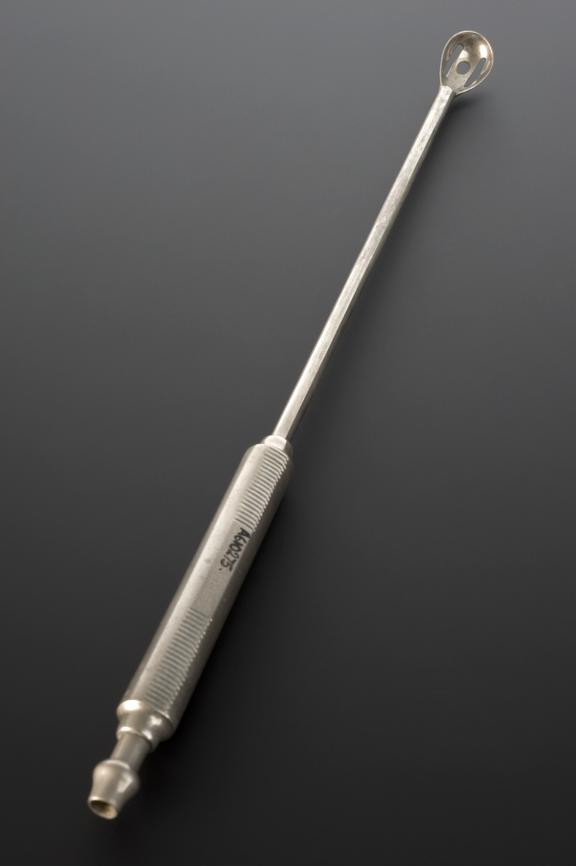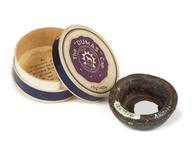





Curette, flushing, Rheinstadter, steel, European, late 19th century
Samples from the uterus, vagina or rectum are taken using a curette. This is done to diagnose diseases such as cancer. The curette consists of a long hollow shaft ending in a small spoon-shaped scoop. This was passed into the uterus and a sample scraped from the uterine wall. The instrument’s design has changed little over time. It is still used.
Details
- Category:
- Obstetrics, Gynaecology & Contraception
- Collection:
- Sir Henry Wellcome's Museum Collection
- Object Number:
- A610275
- Materials:
- steel
- Measurements:
-
overall: 290 mm .059kg
scoop: 15 mm x 15 mm x 15 mm,
- type:
- curette




